Dr. Ing. Hc F. Porsche AG, normally abbreviated as Porsche, is a German car manufacturer specializing in luxury, high-end sports cars, SUVs and sedans. Porsche AG is owned by the Volkswagen Group, which in turn is majority owned by Porsche Automobile Holding SE. It was founded in Stuttgart in 1931 by Ferdinand Porsche and his son Ferdinand Anton Ernst Porsche.
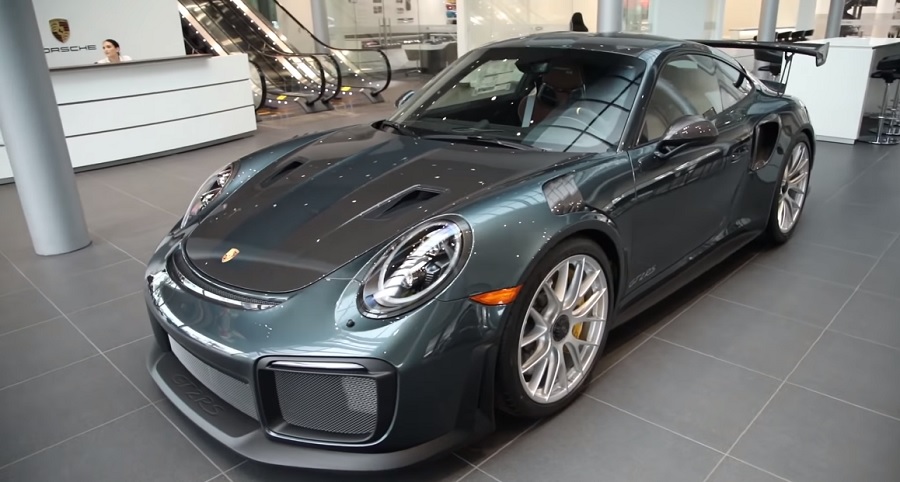
Ferdinand Porsche
He was born in Maffersdorf (then in Austria, today in the Czech Republic ), on September 3, 1875 and was the third of 5 children of Anton Porsche, engineer and businessman. As a teenager he became interested in experimenting with electric energy. In 1893 he joined Brown Boveri, Vienna, a company in the electrical sector. It proved to be a great professional and quickly rose. Around 1898 it became part of the Jacob Hans Bonza Lohner automobile division, also in Vienna. At the 1900 universal exhibition in Paris, the Daimler-Porsche electric car was presented, powered by 4 electric motors built into the wheels of the car.
Ferdinand piloted his own designs in races in the early 20th century with some victories. In 1906 he became technical director of Austro-Daimler. Porsche won the Prinz-Heinrich Fahrt in 1910 with an Austro-Daimler, with another of his cars taking 2nd place. Later he was promoted to general manager. In 1922 the Sascha wins the famous Targa Florio in its class (4- cylinder, 1.1-liter engine).
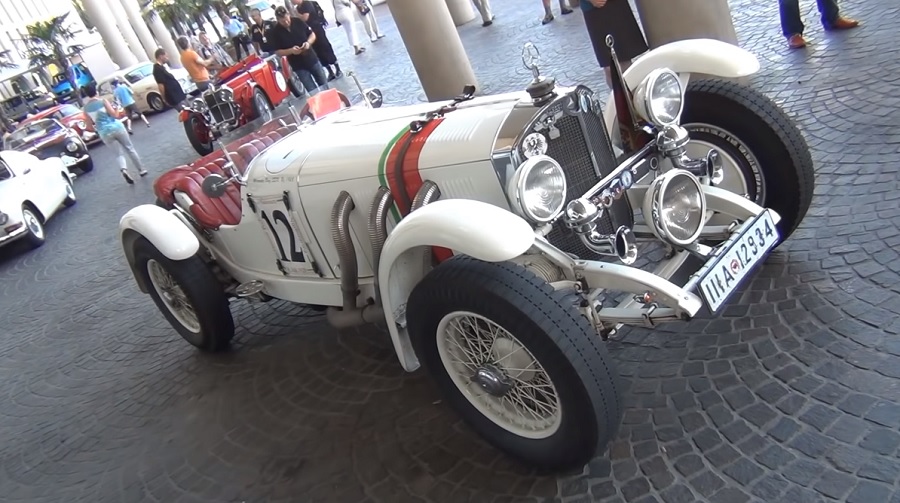
In 1923 he is hired by Mercedes as technical director. There he is in charge of developing the brand’s compressor engines, winning the Targa Florio in 1924 in the absolute classification. Merits that made him be named doctor honoris causa in engineering by the Technische Hochschule in Stuttgart. Porsche left its mark on Mercedes-Benz for the whole story, as it was in charge of designing the magnificent Mercedes-Benz S, SS and SSK.
The project office
After a brief stint in Steyr, he created his engineering and design office on April 25, 1931 in Stuttgart. The first project was named # 7 because they didn’t want it to be known to be the first. His first relevant commission was that of Auto Union for a 16-cylinder Grand Prix single-seater: the Auto Union P-Wagen (Porsche Type 22), which won one out of every two races in which it participated.
Porsche had long thought of building a quality, popular car that wasn’t a toy version of traditional sedans. This wish could materialize thanks to the order received from the German administration of the Third Reich during the year 1934. In this way, in the Zuffenhausen project workshop ( Stuttgart ) the first Volkswagen test prototype called “V 1” was born, at this Other prototypes followed, such as the “V 3” and finally the “VW 30”. Then it was 1938 and the war was about to break out, so plans to mass-produce the Volkswagen Type 1 were put on hold, a military version of it being manufactured in 1940.
World War II
During the war the Porsche studio dealt with the design of war material both for the Panzer VIII Maus battle tank and for one of the two versions of the Panzer VI Tiger Ausf turret B, the tank destroyer Sd. Kfz. 184 Elefant or the amphibious ( Schwimmwagen ) and all-terrain version of the Volkswagen ( Kübelwagen).
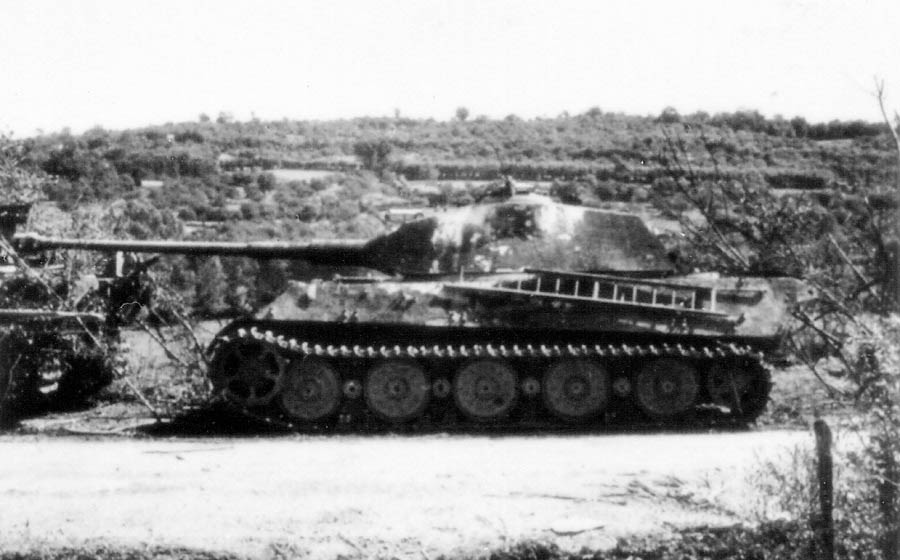
Allied bombings forced the transfer of the Porsche from its Zuffenhausen facility to Gmünd, Austria, in 1944. In 1945, after the war, as part of war reparations, VW was offered to the French. However, objections from the French industry caused the relocation not to take place. Ferdinand Porsche, along with his son Ferry and son-in-law Anton Piëch (grandfather of Ferdinand Piëch, future president of VW), were arrested and imprisoned in a medieval prison in Dijon, France, for having used slave labor at their Nibelungenwerke factory where produced military vehicles for the Wehrmacht and the SSFerry would soon be released from conviction, but Ferdinand and Piëch were imprisoned for 2 years without trial. During that confinement, he was forced to work on designs for Renault, from which the future 4CV model would emerge.
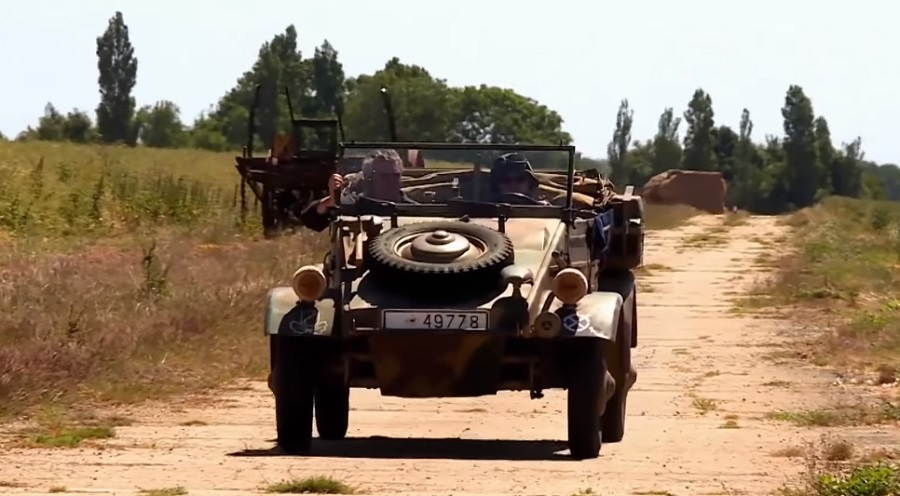
His son Ferry Porsche tried to recover the company, also fixing other vehicles and engines, and prototyping for third parties, such as the 360 Cisitalia competition, with 4 driving wheels and a supercharged 1.5 engine for the Italian industrialist Piero Dusio, a project that was revised for Ferdinand upon his release from prison and which filled him with pride at how well his son’s work was done.
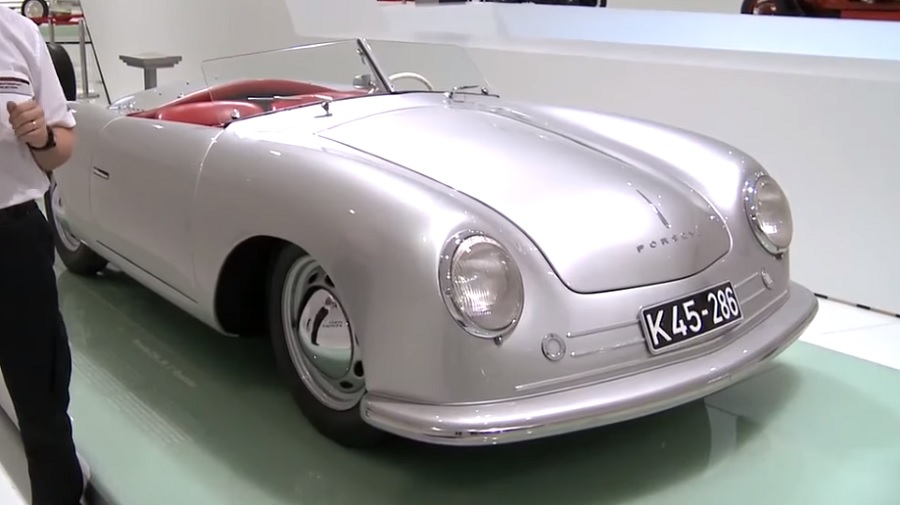
Ferry would present the first model of the current Porsche brand, the 356, in June 1948, based on the VW. The first profits from the vehicle were used to free his father from prison. The 356 would initially be manufactured by hand in the Austrian town of Gmünd, and later, in 1949, the Porsche family and production would be moved to Stuttgart.
Ferdinand Porsche was also hired by VW as a consultant, and received royalties for each “Volkswagen Type 1” produced, which brought notable income to the family, given the success of the model that had its silk upholstery.
In the late 1950s, he suffered a stroke, from which he would not recover, and would die weeks later, on January 30, 1951, watching sports cars with his name circulated on the road.
In 1999, posthumously, he was named an Automotive Engineer of the 20th Century.
Ferry Porsche
Ferry Porsche was born on September 19, 1909, he had been a collaborator with his father since he opened his own project office in 1931 and was taking on responsibilities. Ferry was responsible for the research and development department on the Volkswagen project. Ferry together with Karl Rabe and Erwin Komenda began in 1947 the study of a two-seater sports car on the Volkswagen, the project nº356 that would become the first Porsche 356, the first in the history of the brand. The original Porsche is a two-seater roadster with a mid-engine and an aluminum body. The engine was from Volkswagen, but modified to give 35 hp at 4000 rpm. This first 356 was very different from the later 356 series. This prototype came out of the Porsche workshop in Gmünd (an old sawmill).
For reasons of cost and practicality, the prototype was modified to give the 356 coupe with a rear engine, marking a tradition in Porsche until today. In 1948 production of the 356 in Austria was slow because it lacked everything. From 1949, and after returning to Stuttgart, the production rhythm improved, so he asked for the participation of the German coachbuilder Reutter, 14 years later Porsche would buy all the shares of Reutter Gmbh. The Porsche 356 coupe and cabrio were presented for the first time at the 1949 Geneva Motor Show.
Return to Stuttgart
In the summer of 1949 they prepare for the transfer of production to Stuttgart, since they knew that the US army would release the Zuffenhausen facilities after a year. In the early 1950s an agreement was signed between Volkswagen and Porsche whereby the former would supply components to the latter.
The last Austrian Porsche was built on March 20, 1951, having produced around sixty aluminum body coupes. The new 356 Germans will be with a steel body. The first of these came out in March 1950. In 1951, Porsche officially debuted in competition, winning the 24 Hours of Le Mans in the category up to 1100cc.
In 1952 the current Porsche emblem was created, made up of three patterns. The first pattern is the company name, located at the top of the emblem. The second is the coat of arms of the former State of the Free People of Württemberg, of which Stuttgart was the capital and which later became part of the current Baden-Württemberg in the political consolidation of the Federal Republic of Germany in 1949. This pattern is located in the back of the emblem and is made up of two boxes with black and red stripes and two other boxes with horns, symbols of the state. The third pattern located in front of the emblem is the coat of arms of the city of Stuttgart and is characterized by the black mare on a yellow background.
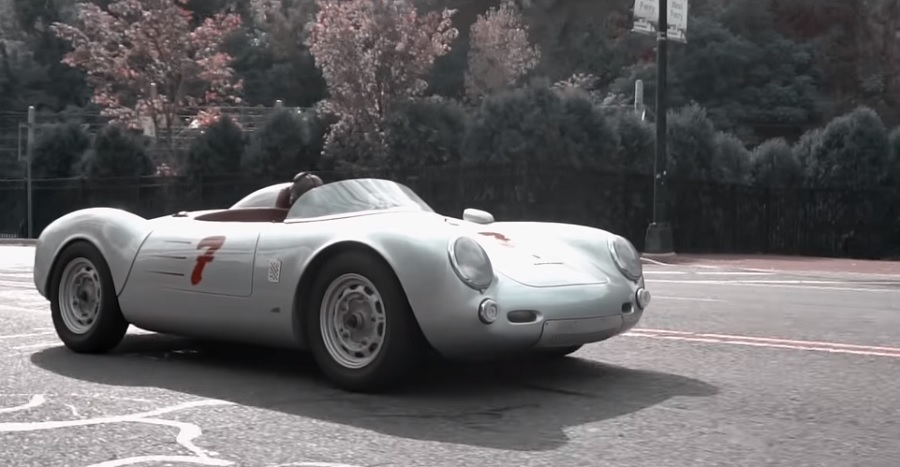
In 1955 the 356A was presented. Coinciding with the 25th anniversary of the founding of the Porsche design office, the 10,000th Porsche, a 356A coupe, leaves the production line. Little by little, the Porsches are losing their Volkswagen heritage with increasingly powerful and larger displacement engines, as evidenced by the 1956 356A Carrera 1500 that developed 100 hp and reached 200 km / h. Also in the 1950s, the second factory was incorporated in Zuffenhausen. In the Hall of the Frankfurt Motor Show 1959 presented the 356B. On November 1, 1960, Factory No. 3 went into operation and two months later the 40,000th Porsche 356 came out.
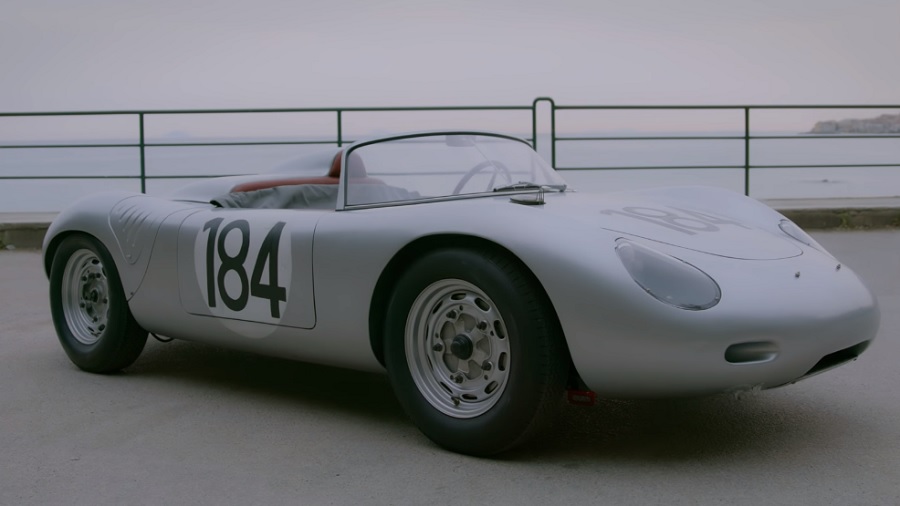
The last generation of the first model of the brand went on the market in 1963 under the name 356C, which remained in production until April 28, 1965, after 17 years of success and 76,302 units manufactured. By then there were already hundreds of 911s rolling down the roads.
911 and consolidation
In the mid-1950s, Porsche was thinking about the need to create a replacement for the 356. It had to be a new car because the scope of evolution of the 356 was already very limited by its Volkswagen origin. This new model became the priority for the brand’s engineers and designers. For its conception there were only two basic premises: the engine had to be rear and be cooled by air (as in the 356). In the subsequent meetings between Ferry and his collaborators, the characteristics of the vehicle were specified: a boxer engine was preferred, it had to be longer than its predecessor to leave more space for passengers and the tail of the car had to be a fastback type. In the end it was decided to sacrifice the space for the rear passengers, leaving it as a 2 + 2.
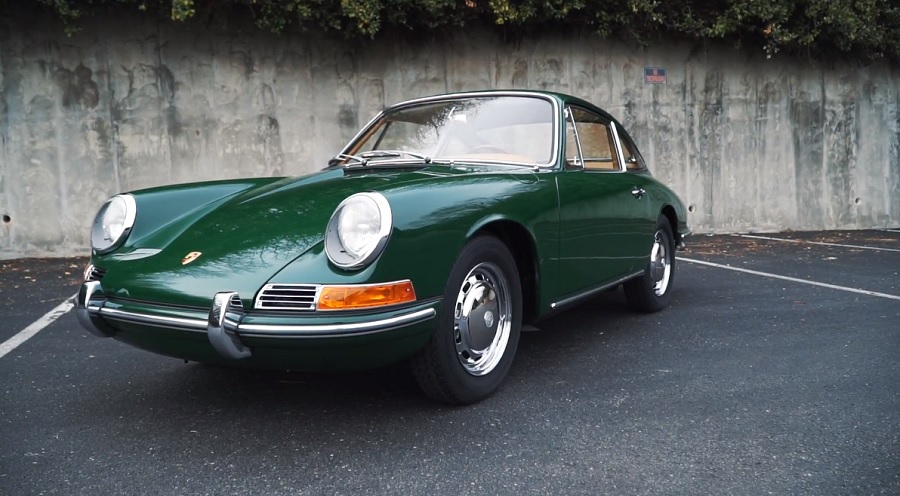
The design chosen for the new model was the work of Butzi Porsche, Ferry’s son, whose basic shapes have lasted for 40 years. For the engine, the final decision was to opt for a new 6-cylinder air-cooled boxer 1991 cc and 130 hp, the work of the engineer Hans Mezger, whose base has been used in 911 until generation 997, which dates from the end of 2011, and whose impressive record includes victories in rallies such as Monte Carlo, Le Mans, CanAm, Dakar, F1, etc. A young Ferdinand Piëch Porsche, the engineer who created the Audi Quattro and who became president of the Volkswagen group, was also involved in the development of the engine.
Thus, at the 1963 Frankfurt Motor Show the new Porsche 901 was presented. Peugeot claimed the exclusive right to use three-digit names with a zero in between, so, to avoid problems, Porsche relented and on November 10, The name 911 was born in 1964.
As the 911 range diversified with more powerful versions, it also became more expensive. This kept 911 away from many potential buyers. For this reason, and to give a 4-cylinder replacement to the 356, an economical version of the 911 came out, equipped with a 1600 engine and reduced equipment. The 4-cylinder 911 was named 912, it was 25% cheaper and with 90 HP, although it renounced high performance. The 912 was highly successful in both Europe and the United States, and in three years more than 30,000 units were sold.
1969 was an important year: the 911 was renewed, going from 2.0 to 2.2 (in T, E and S versions with 125, 155 and 180 HP respectively) and the 912 was replaced by the 914, a model widely criticized but which was sold good. During the 70s the 911 continued to evolve and increase in displacement and power. In 1973 the 911 Carrera RS appeared, a sports version designed for homologation for competition and with 210 hp which in its street version sold better than expected. In 1975 the 914 was withdrawn after almost 120,000 cars sold. In 1974, 911 underwent its first significant aesthetic modifications with the arrival of 911 2.7.
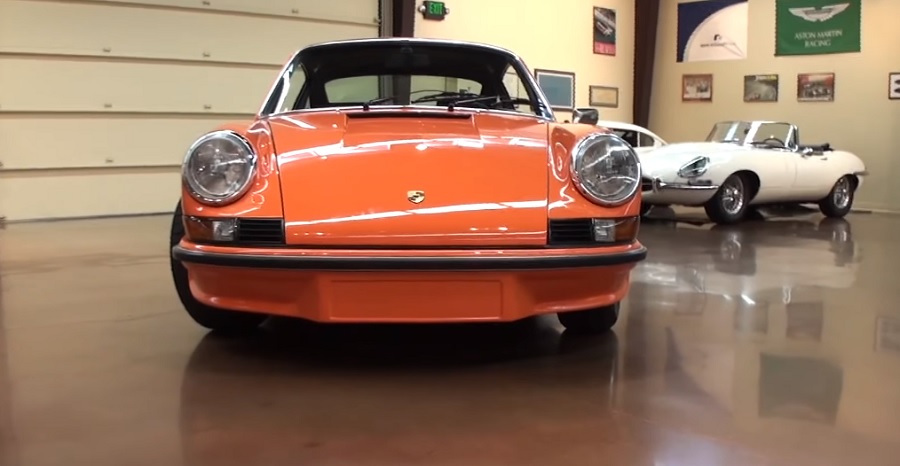
In the second half of the 70s the range was enriched and expanded with new models: the 930/911 Turbo, the 912E, the 924 and the 928. The latter had been devised as a substitute for the 911 and was radically different: front V8 engine, water-cooled and abundant and luxurious equipment. In 1978, the 928 was awarded the title of the car of the year in Europe, being the only grand tourism to win this award. Following the line started with 924 and 928, in 1981 944 joined them.
When the 911 should have ended its days under the weight of the 944 and 928, it was not, and in 1983 a cabrio version was added to the 911SC. The 911, instead of going to the cemetery, was reborn in 1984. It received a deep redesign and becomes the 911 Carrera 3.2 with 231 HP, which ended up being one of the widest ranges of this model: coupe, targa, cabrio, speedster, plus the turbo look option and the own 300 hp 911 Turbo 3.3.
Designed to compete in group B, the first Porsche 4×4, the 959, appeared as a prototype in 1984. It debuted in competition at the Paris-Dakar 1985. Delays in production meant that it could not be homologated before the group was banned. B in 1987, so the Super-Porsche failed to make it to the World Rally Championship. The 250 copies made became, together with the Ferrari F40 and the Lamborghini Countach, the supercars par excellence of the 80s. Currently 911 is the brand’s “flagship”.
The crisis and the new takeoff
Since the late 1980s, the company’s results and sales suffered and failures began to accumulate. A crisis was brewing that led to the question of Porsche’s survival in the early 1990s. In 1984, Porsche’s sales were 50,000 cars; at the beginning of the new decade they were half. Especially alarming was the drop in sales in the United States : in 1984 it absorbed 50% of production, while in 1991 it only managed to sell 6,000 Porsches.
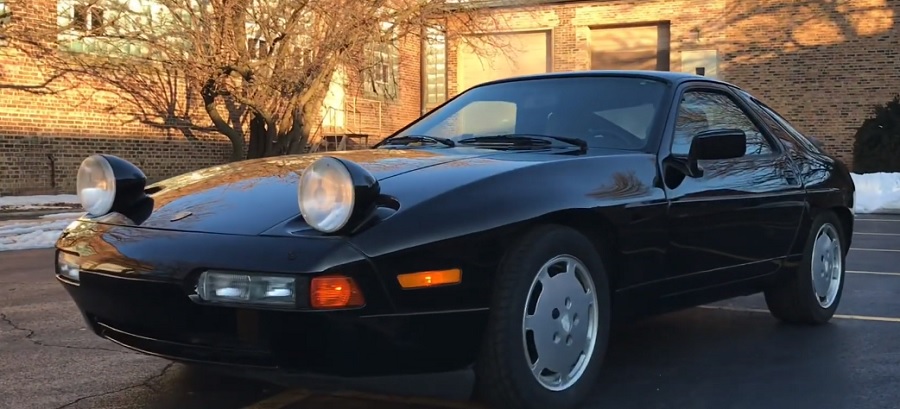
This was reflected in the model range. In 1988 the 924 was withdrawn, without being replaced. In 1991 the last version of the 928 appears, the 928 GTS that would be withdrawn without penalty or glory in 1995. Also in 1991 the 968 was presented as a substitute for the 944, which was a resounding failure. It was discontinued in 1995 after 11,602 assembled units, far fewer than anticipated. The 911 was aging against the competition, it had to change and in 1989 the 911/964 was presented with an engine that offered 250 HP, which had the mission of being the support of Porsche for the following years. It was the first Porsche model to carry four-wheel drive, making the first Carrera 4. The new 911 was unable to fulfill its mission. Also, the construction of the 911/964 turned out to be very expensive.
With this outlook, Porsche entered the 1990s with enormous concern. They only had one letter left and they couldn’t go wrong. The range had to be simplified to cut expenses and financial resources had to be concentrated on creating a successful 911. A veteran of the brand, Peter Falk, was commissioned to prepare a comprehensive dossier defining the development guidelines of the future 911/993. In this dossier, agility is above all else. Thus the new model should revolve around agility, behavior and youth. To improve agility, it was decided to completely redesign the rear axle. In the end 911/993 inherited nothing from 964 except for the roofline. On the other hand, the simplification of the range was radical, leaving the 911/993 as the only model for a few months in 1995-1996.
The 911 Carrera coupe (993) debuted in December 1993, with a new engine offering 272 hp. The 993, unlike its predecessor, was a success; sales recovered and it was profitable. This meant that over time the 993 expanded the number of bodies and received a slight increase in power up to 282 HP. To the 993 range is added the new 408 HP Turbo in 1995, and later, the 450 HP Turbo S arrived. limited edition. By overcoming the economic slump, the brand was encouraged to produce the Boxster in spring of ’96, although the prototype had been presented three years earlier. The Boxster had been developed in conjunction with the future 911/996 that would come out in 1997.
1997 was a good year for Porsche. The difficulties had been left behind, the 993 was a success, the Boxster sold well, its image was beginning to recover and the management carried out by the new president, Wendelin Wiedeking, seemed efficient. In addition, the new 911 was released, the first with a water-cooled engine. This was the last model of the brand whose presentation was attended by Ferry Porsche, who died on March 27, 1998. In 2003, Porsche celebrated the 40th anniversary of 911 in the best possible way because 911/996 became one of the best sellers of this long-running saga, and it did so with a limited edition of 1963 copies of the 911, with a mix design of the basic 911 and the Carrera 4S, and an evolution of the engine up to 345 CV.
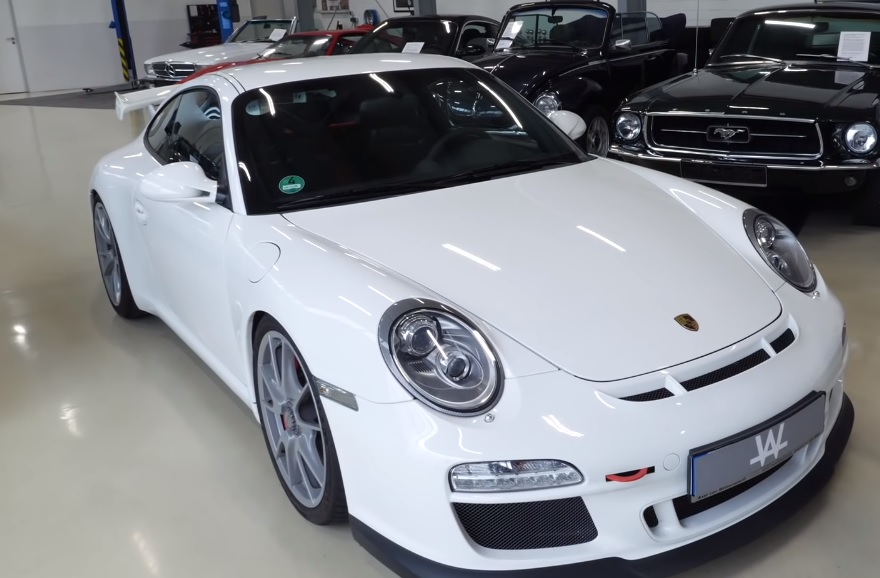
In 2002, Porsche opens its new factory in Leipzig, where the new Cayenne come from, the first all-terrain Porsche and the first to be used for traveling with the family. The Cayenne supposed to enter a much larger segment than the sports one, as evidenced by its level of sales, around 30,000 units per year. It was a resounding success. In 2003, the supercar was added612 hp GT race. The following year the Boxster (987) and 911 (997) were renewed, and in 2005 a fifth model appeared, the Cayman derived from the 987 and 997. In 2008, Porsche introduced the new 997 MkII. This renovation changes the headlights and taillights, joining the latest LED fashions. One of the great additions to the 997 MkII is the new Porsche Automatic Transmission (PDK), leaving behind the Tiptronic transmission.
In 2009, a five-door saloon began to be marketed under the Panamera name. In 2013 a second off-road vehicle, the Macan, was presented.
Porsche is currently under the tutelage of VW, as it is the majority owner.
In 2015 Oliver Blume is named new President of Porsche.









